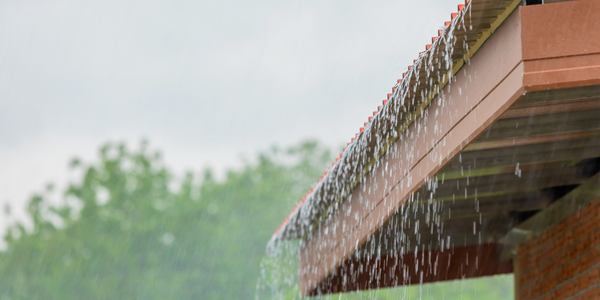Applicable Industries
- Buildings
- Retail
Applicable Functions
- Procurement
- Product Research & Development
Use Cases
- Construction Management
- Virtual Prototyping & Product Testing
About The Customer
The customer in this case is the Yunshan Town Complex in Chongqing, China. The complex is a two-building structure that serves as the entrance point to a new tourist resort located in the scenic Simian Mountain valley. The complex houses an art gallery, retail stores, a wedding chapel, and holiday residences. The design of the complex was inspired by the surrounding mountains and local architecture, and it was designed to withstand the consistent rain typical of the climate. The customer sought a design that would reflect the local architectural practices and natural elements, while also being functional and aesthetically pleasing.
The Challenge
The Yunshan Town Complex, located in the scenic Simian Mountain valley, was a unique project for the Shanghai-based Yuangou design agency. The team, more accustomed to designing urban complexes, was tasked with creating a two-building complex that would serve as the entrance point to a new tourist resort. The challenge was to design a structure that would emulate the surrounding mountains and local architecture, while housing an art gallery, retail stores, a wedding chapel, and holiday residences. The rural location and the need to reflect local architectural practices and natural elements presented a significant challenge. Additionally, the consistent rain typical of the climate necessitated the design of roofs that could effectively deflect rain.
The Solution
To overcome the challenge, the team of architects turned to Building Information Modeling (BIM) technology. They used Archicad to synchronize 2D and 3D views and send new versions quickly, enabling them to co-create and iterate the design remotely during the pandemic. The final design featured simple microcurved roofs and openings, which were the result of several design iterations. The roofs were mildly curved, with large eaves and gables, to deflect the consistent rain. The buildings were designed to mirror the surrounding mountains and exaggerate local architecture. To facilitate collaboration and execution of the project, the team used BIMx, a digital platform that allowed everyone involved in the project to understand the design and crucial details, such as the size of glass suitable for the node where the stone wall and curtain wall met.
Operational Impact

Case Study missing?
Start adding your own!
Register with your work email and create a new case study profile for your business.
Related Case Studies.

Case Study
Energy Saving & Power Monitoring System
Recently a university in Taiwan was experiencing dramatic power usage increases due to its growing number of campus buildings and students. Aiming to analyze their power consumption and increase their power efficiency across 52 buildings, the university wanted to build a power management system utilizing web-based hardware and software. With these goals in mind, they contacted Advantech to help them develop their system and provide them with the means to save energy in the years to come.

Case Study
Intelligent Building Automation System and Energy Saving Solution
One of the most difficult problems facing the world is conserving energy in buildings. However, it is not easy to have a cost-effective solution to reduce energy usage in a building. One solution for saving energy is to implement an intelligent building automation system (BAS) which can be controlled according to its schedule. In Indonesia a large university with a five floor building and 22 classrooms wanted to save the amount of energy being used.

Case Study
Improving Production Line Efficiency with Ethernet Micro RTU Controller
Moxa was asked to provide a connectivity solution for one of the world's leading cosmetics companies. This multinational corporation, with retail presence in 130 countries, 23 global braches, and over 66,000 employees, sought to improve the efficiency of their production process by migrating from manual monitoring to an automatic productivity monitoring system. The production line was being monitored by ABB Real-TPI, a factory information system that offers data collection and analysis to improve plant efficiency. Due to software limitations, the customer needed an OPC server and a corresponding I/O solution to collect data from additional sensor devices for the Real-TPI system. The goal is to enable the factory information system to more thoroughly collect data from every corner of the production line. This will improve its ability to measure Overall Equipment Effectiveness (OEE) and translate into increased production efficiencies. System Requirements • Instant status updates while still consuming minimal bandwidth to relieve strain on limited factory networks • Interoperable with ABB Real-TPI • Small form factor appropriate for deployment where space is scarce • Remote software management and configuration to simplify operations

Case Study
Powering Smart Home Automation solutions with IoT for Energy conservation
Many industry leaders that offer Smart Energy Management products & solutions face challenges including:How to build a scalable platform that can automatically scale-up to on-board ‘n’ number of Smart home devicesData security, solution availability, and reliability are the other critical factors to deal withHow to create a robust common IoT platform that handles any kind of smart devicesHow to enable data management capabilities that would help in intelligent decision-making





